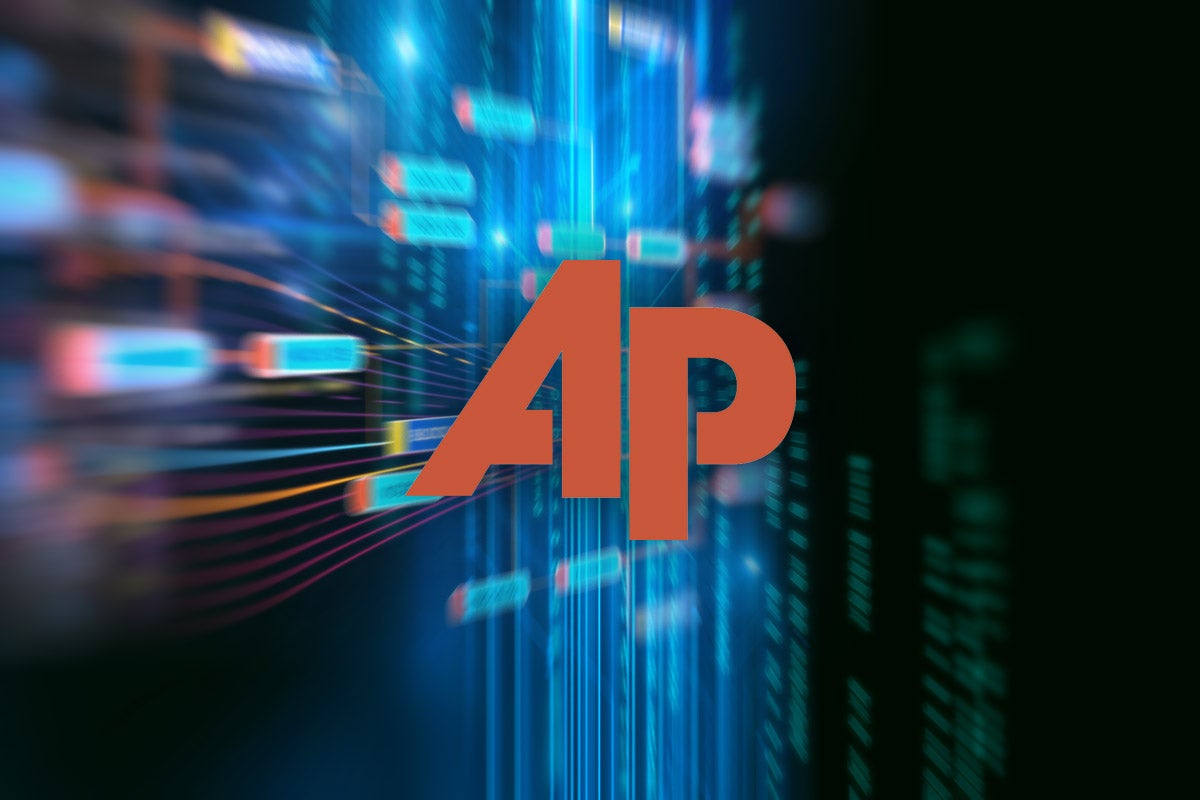The Associated Press is turning photojournalism into NFTs
On January 31st, the AP will launch its official NFT marketplace, offering folks a chance to own small pieces of photojournalism history.

The Associated Press (AP) is launching a non-fungible token (NFT) marketplace later this month for collectors to purchase the “news agency’s award-winning contemporary and historic photojournalism”—or at least a token of ownership of the work.
Let’s break it down.
Wait, what are NFTs again?
NFTs are, first and foremost, a bit confusing. They’re also a big deal at the moment.
Our pals at Popular Science have a really good article summarizing the basics, but the most relevant details are:
- NFTs are tokens that verify individual ownership of a unique something using a blockchain (most commonly the Ethereum blockchain, though the AP is using the Polygon blockchain).
- One popular use of NFTs is to sell art. In this case, it will be works from the AP’s historic and contemporary collection of photojournalism.
- Buying an NFT isn’t the same as buying the copyright to a work, and since they’re digital images, nor is it the same as buying a physical copy of the image. We’ll look at what buying one of the AP’s NFTs gets you in a few moments.
So what exactly is the AP doing?
This isn’t the first time the AP has played around with NFTs. Last year, it auctioned off 10 “artistic representations” of some of its most famous images through OpenSea, the world’s largest NFT marketplace, as “AP ARTiFACTS: The 175 Collection”.
This time around, the AP is actually building its own marketplace (in collaboration with a company called Xooa) to sell NFTs that “feature photography by current and former AP photojournalists and a selection of digitally enhanced depictions of their work”.
It will use the Polygon blockchain which, due to some complicated details about how transactions are handled, is significantly more environmentally friendly than the Ethereum blockchain—which is, you know, helping to torch the planet. You’ll also be able to purchase the NFTs with a credit card.
What does an AP NFT get you?
In the press release, the AP says each NFT will come with “a rich set of original metadata offering collectors awareness of the time, date, location, equipment and technical settings used for the shot.”
And, eh, yeah that’s it.
You get the token saying you own the NFT and some extra metadata. There’s no talk of copyright, image usage rights, or the like, so it’s safe to assume the AP will be keeping all those.
You will own the token which you can sell later on, but you won’t be able to profit off the original image in any way. That said, selling an NFT on the secondary market—which Xooa supports—can financially benefit both the NFT owner and the original creator/artist of the work (in this case, likely the AP itself, not the photographer).
Why is the AP doing this?
From the press release:
“’For 175 years AP’s journalists have recorded the world’s biggest stories, including through gripping and poignant images that continue to resonate today,’ said Dwayne Desaulniers, AP director of blockchain and data licensing. ‘With Xooa’s technology, we are proud to offer these tokenized pieces to a fast-growing global audience of photography NFT collectors.‘
The two quote clauses seem like a bit of a non-sequitur to me, to be honest.
Either way, the AP says that price points will vary so “collectors of all levels will be able to seamlessly buy, sell and trade official AP digital collectibles through the marketplace.” There’ll also be NFTs of Pulitzer Prize-winning photos up for grabs, but expect them to potentially have higher price tags.
With all that said, the AP is a not-for-profit organization so any proceeds will go back to funding the newsroom.
When does the marketplace go live?
The marketplace—called the AP Market—is due to go live on January 31. You can sign up for a waitlist here.
The initial collection will be released in a series of drops over a couple of weeks. They will, apparently, “range from space, climate, war and other images to spotlights on the work of specific AP photographers.” We’d love to see some classic sports photography in there as well.
